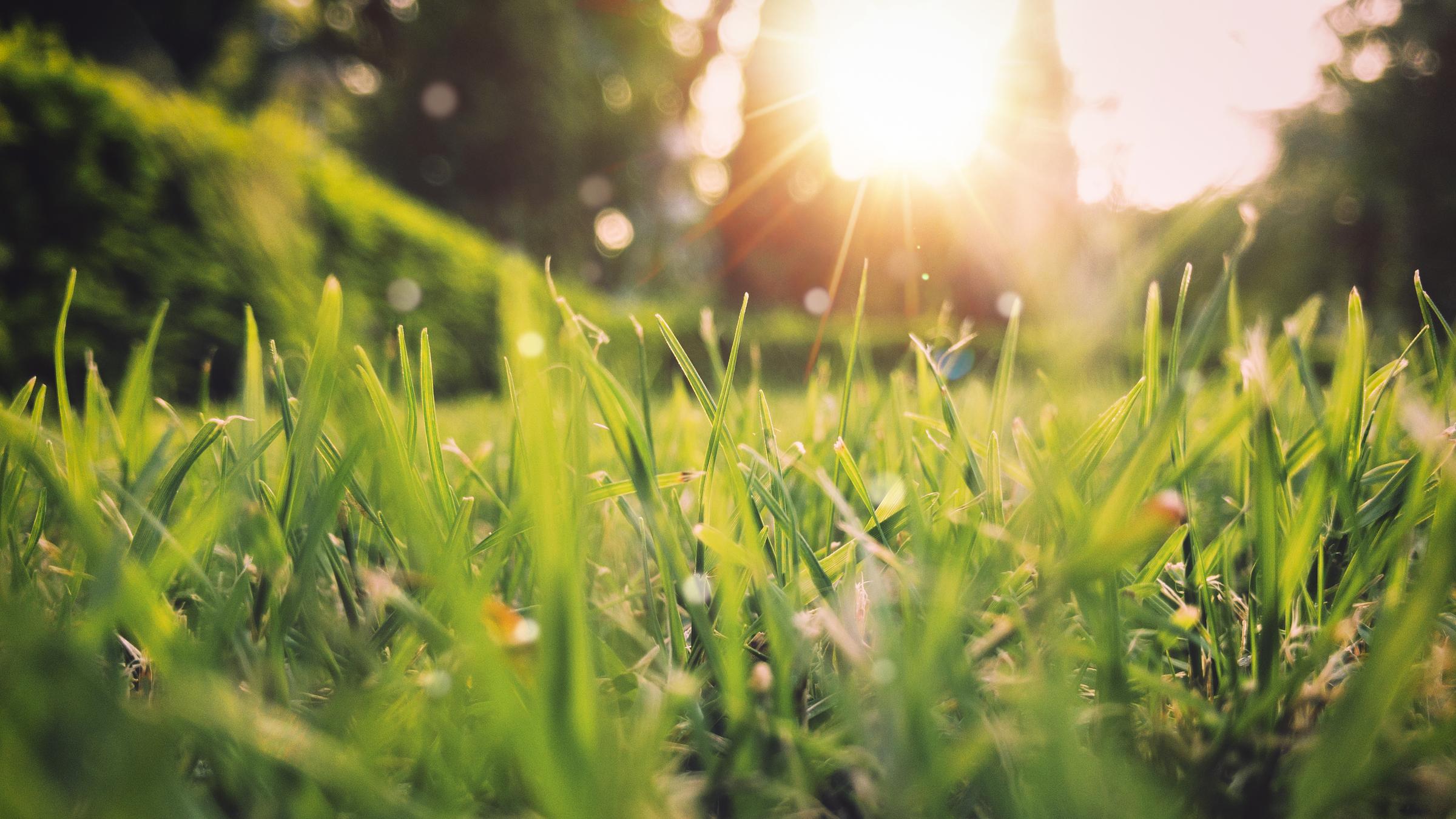Hay Fever Season

Spring has sprung! It’s the time of year where we get more sunlight. This allows us to spend more time outdoors and even enjoy the benefits of new vegetation, overall giving us better physical and mental health. However, for some this can be the worst time of the year. There is more pollen in the air from all the new growth. This season is known as the beginning of the HAY FEVER season.
Some of the symptoms to look out for:
- frequent bouts of sneezing
- a runny nose
- blocked nose (either one or both nostrils)
- itchy ears, nose, throat, and roof of the mouth
- red, itchy, swollen and/or watery eyes.
- headaches.
What can be trigger Hay fever?
- pollen (from grasses, flowers, and trees)
- dust mites
- animal fur or hair (dander)
- mold spores
Remain aware, but not alarmed.
Hay fever cannot be cured. However, you can improve the symptoms and give your child some relief. Your doctor or pharmacist can give advice on which medication or treatment may be best for your child.
The best way to reduce the frequency of your child's hay fever is to identify what causes your child's allergic reaction and then try to avoid contact with it, or at least minimise contact.
Your doctor may suggest using medication to help relieve your child's symptoms, such as:
- non-drowsy antihistamines
- steroid nasal sprays, which may be useful for older children.
For more information, please refer to the RCH website https://www.rch.org.au/kidsinfo/fact_sheets/Hay_fever/
